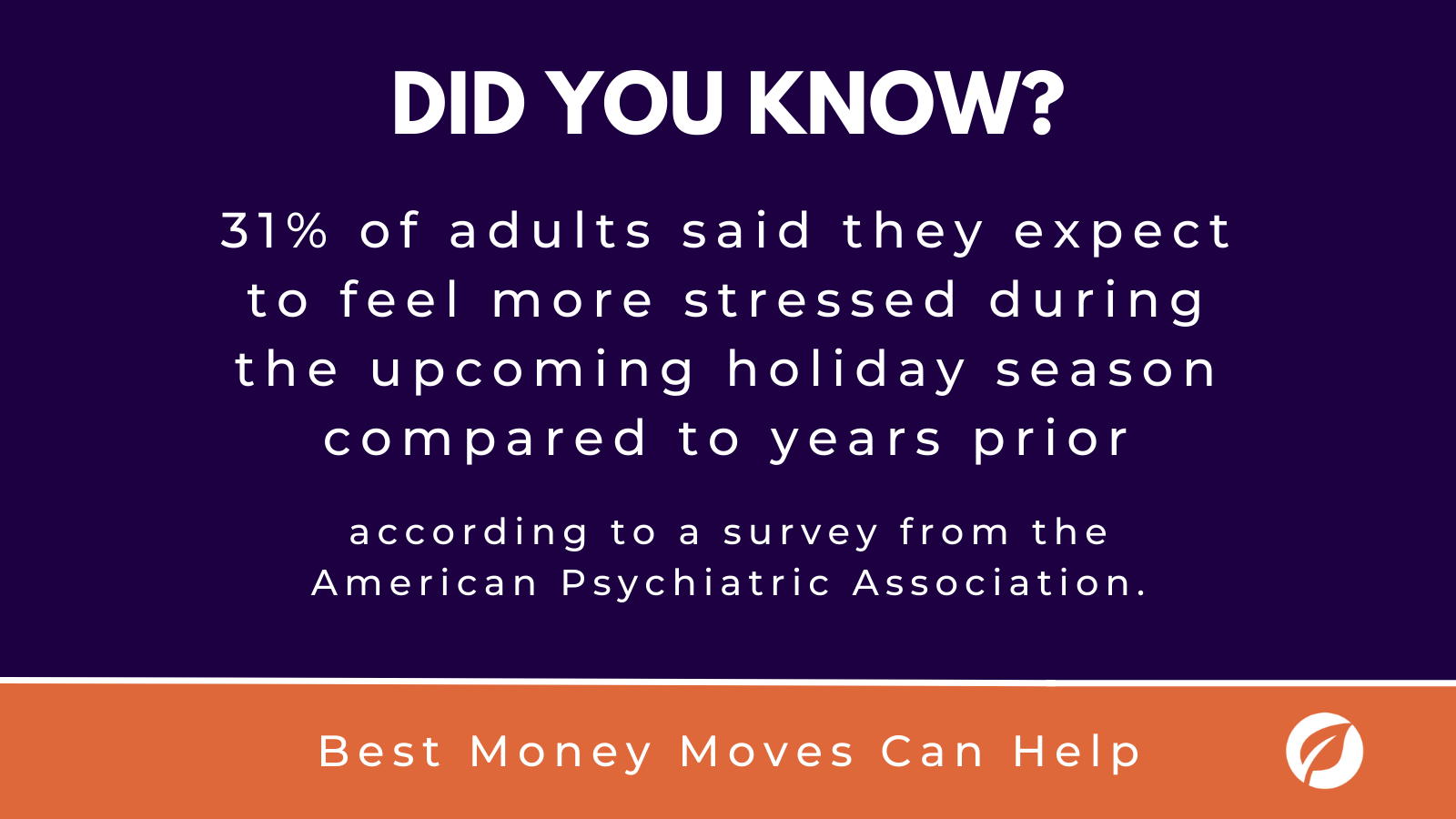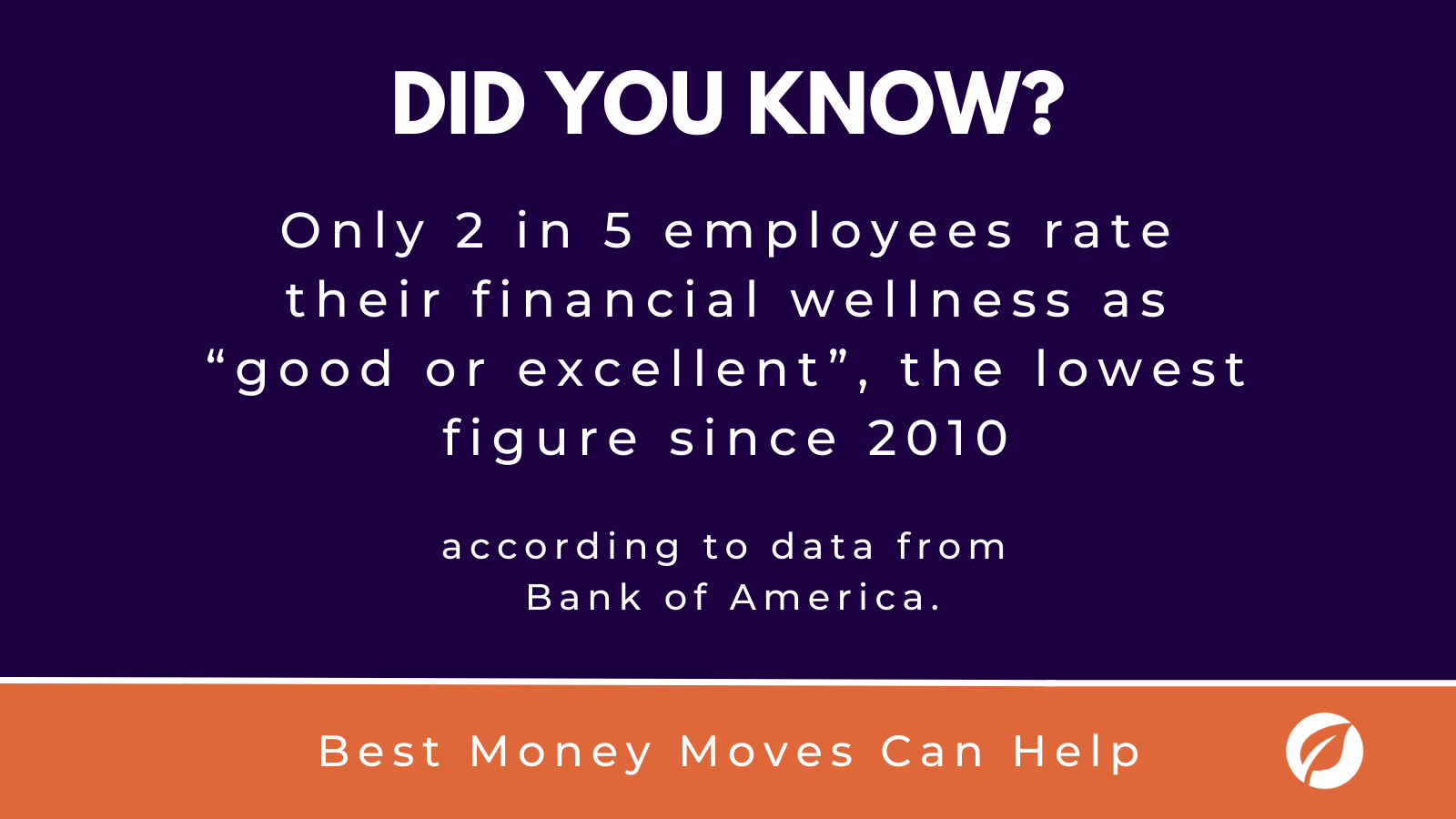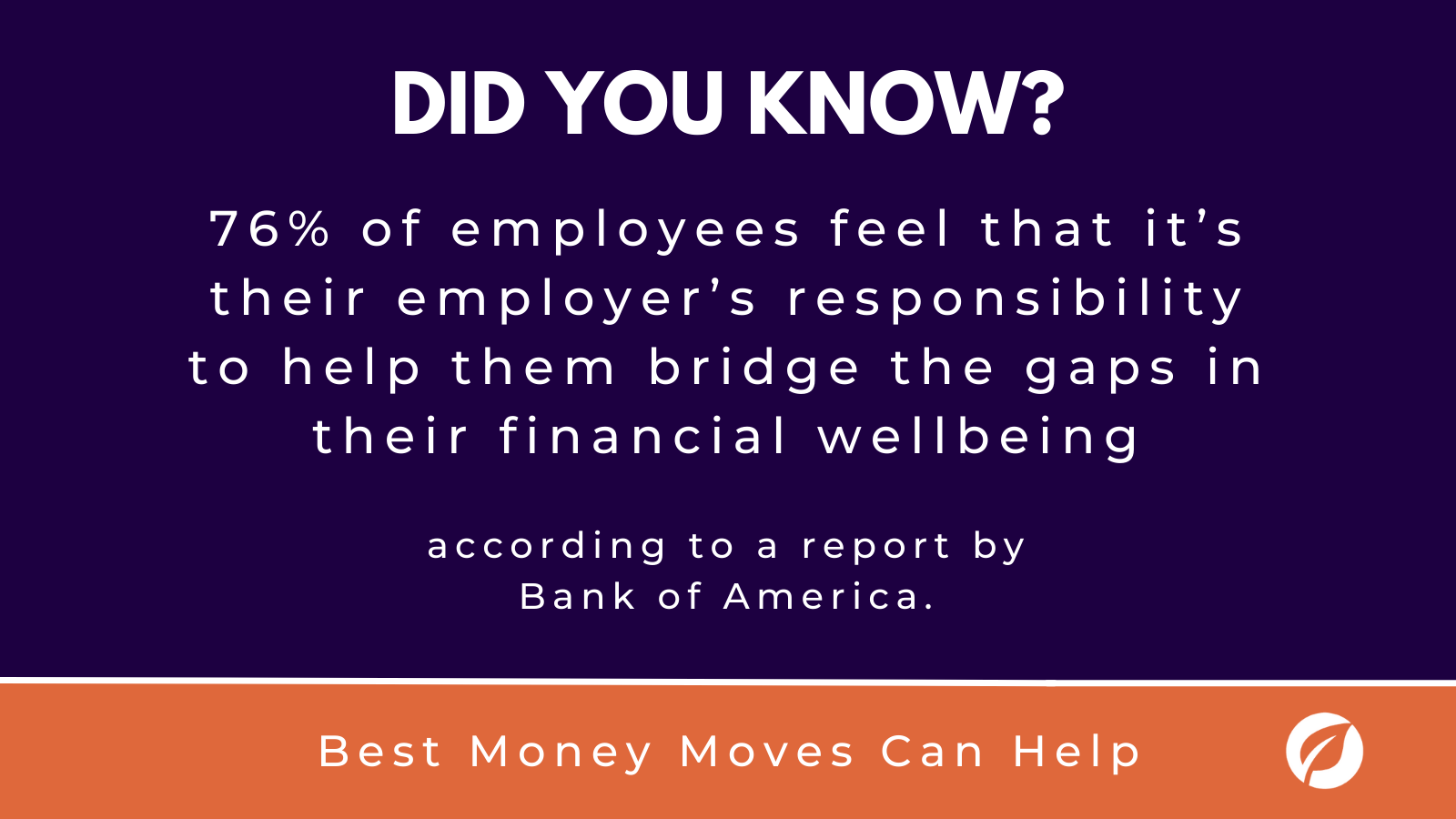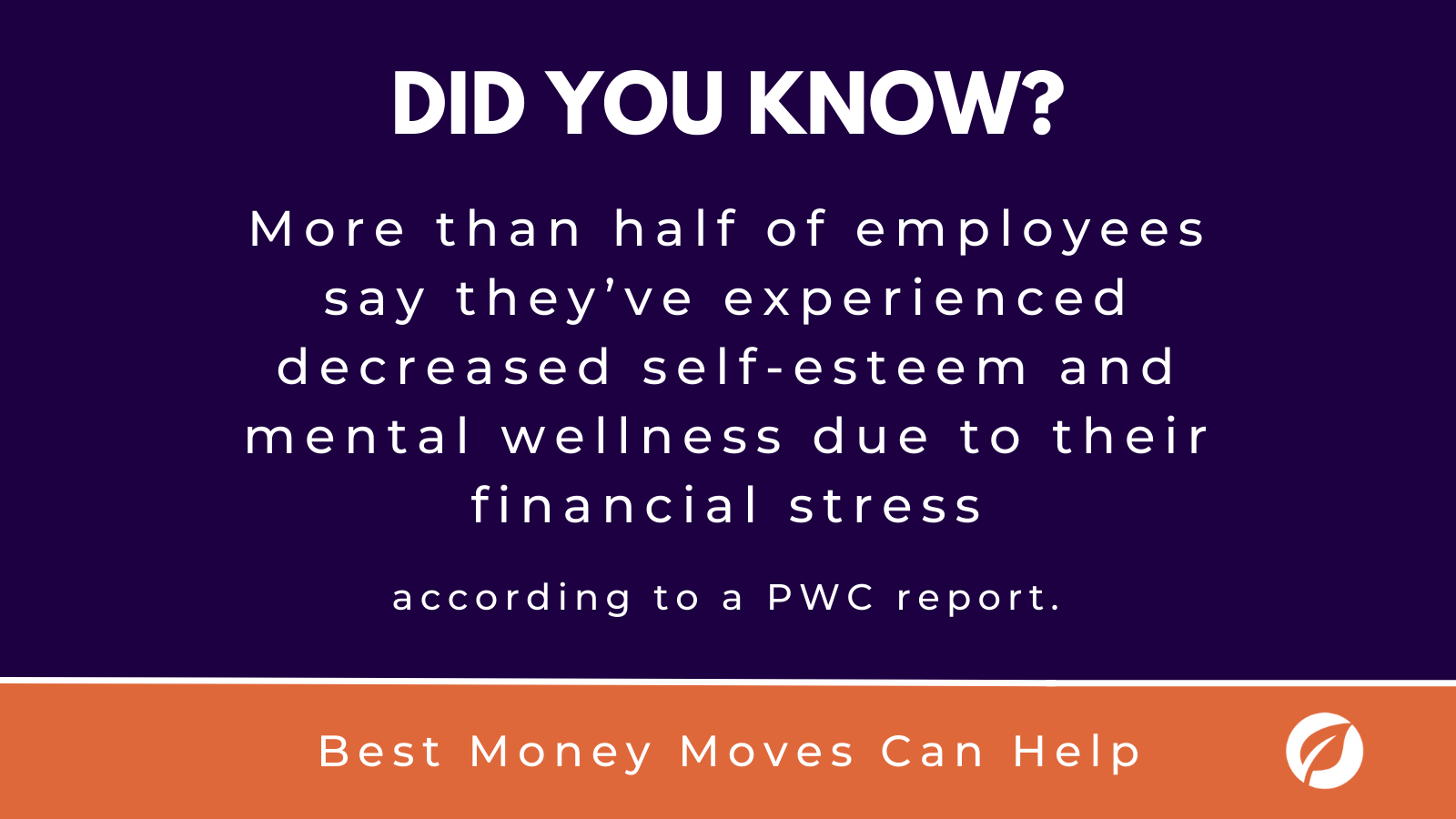
5 Ways to Support Employees During the Holidays
While the holidays should be a restful and celebratory time of year, they can also introduce financial stress into the lives of many employees. Between the cost of gifts, holiday dinners, long-distance travel and hosting family, your team may face significant holiday costs. In a survey from the American Psychiatric Association (APA), 31% of adults said they expect to feel more stressed during the upcoming holiday season compared to years prior.
Luckily employers can take steps to support their workers during the holidays and keep the season merry.
1. Make flexible schedules the norm.
The ability to shift schedules is one of the most valuable benefits employers can provide during the holiday season. Different people have different traditions, celebrations and customs, So, flexibility is vital for limiting stress. Whether your employees are hourly, salaried or gig workers, flex time can help accommodate everyone’s needs and save your team from major headaches.
In fact, according to Workable, 55.8% of US workers say the ease of integrating personal and professional priorities is a major benefit of having a flexible work schedule.
Flexibility allows your team to complete their work on their own terms, while still managing their own personal lives. This fosters an environment where work-life balance is valued but also respects your team’s time and effort.
2. Encourage time off during the holidays
Taking time off during the holidays is important for everyone to recharge and spend quality time with their loved ones. But, many employees may hesitate to utilize their allocated time off.
According to Pew Research, nearly half of workers say they’d worry about falling behind at work if they took more time off. However, this mentality can lead to increased levels of employee burnout, which has severe consequences for teams. In a Deloitte study on burnout, 91 percent of respondents said that having an unmanageable amount of stress or frustration negatively impacted the quality of their work. 83 percent of respondents said burnout from work could even negatively impact their personal relationships.
Limiting burnout can also help with employee retention. According to the same Deloitte survey, nearly half of millennials said they have left a job specifically because they felt burned out.
To support your employees, actively encourage them to take advantage of their vacation days and spend time with their loved ones.
Prioritizing a healthy work-life balance will help your employees feel comfortable using their paid time off without fear of judgment. A supportive work environment helps you keep your best talent.
3. Promote your existing mental health services.
Employers should take proactive steps to support their staff’s mental health all year, but the holidays can be especially tough for some. Take the time to promote any mental health resources and short-term benefits you offer, as they can be most important at the end of the year. According to an APA survey, 38% of people said their stress increased during the holiday season, which can lead to physical illness, depression and anxiety.
These benefits can help improve these symptoms and get your workforce into a healthier place for the new year.
4. Ask about employee goals for the new year.
Supporting your employees might also mean discussing their long-term career goals, especially if productivity dips at the end of the year. A Robert Half survey of more than 2,700 U.S. workers found that 30% of respondents saw difficulty balancing work and holiday obligations. Engaging in a conversation about future aspirations is a great way to organize your workforce and help refocus. Asking about goals can also provide clarity for your employees and shift your team’s thinking past their everyday tasks. These conversations can be great opportunities to set achievable goals and prepare for the new year together.
5. Prioritize financial wellness during the holidays and beyond.
The holidays can be an expensive time for all of your employees. Between gift-giving, decorations, travel and higher utility costs, this time of year often sets people back in their financial journeys.
In fact, the Money and Holiday Mental Health survey from 2022 found that as consumer prices have continued to increase, 55% of millennials felt more stressed about the holiday season. However, programs like Best Money Moves offer effective solutions to their financial concerns. With budget tools, calculators and other resources, the right system can get your employees back on track in time for the new year.
Best Money Moves is a mobile-first financial wellness solution designed to help dial down employees’ most top-of-mind financial stresses. As an easy-to-use financial well-being solution, Best Money Moves offers comprehensive support toward any money-related goal. With 1:1 money coaching, budgeting tools and other resources, our AI platform is designed to help improve employee financial well-being.
Whether it be retirement planning or securing a mortgage, Best Money Moves can guide employees through the most difficult financial times and topics. We have robust benefits options for employers, regardless of their benefits budget.
Our dedicated resources, partner offerings and 700+ article library make Best Money Moves a leading benefit in bettering employee financial wellness.
To learn more about Best Money Moves Financial Wellness Platform, let’s schedule a call. Contact us and we’ll reach out to you soon.








